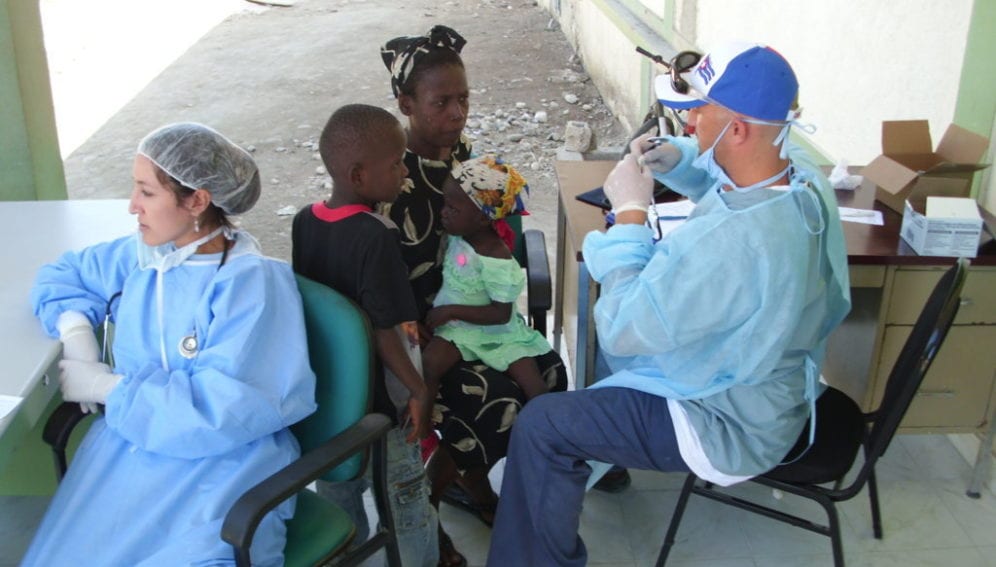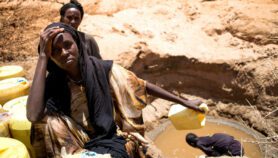Send to a friend
The details you provide on this page will not be used to send unsolicited email, and will not be sold to a 3rd party. See privacy policy.
[MONTEVIDEO] The quality of healthcare offered to people in Latin America and the Caribbean varies dramatically from nation to nation, according to a recent study that calls for a systematic evaluation of health inequalities with the aim of reducing inequities in this region.
Researchers from Argentina and Colombia built an index to measure health equality in the 20 countries in the region and the results were published recently in the journal Gaceta Sanitaria.
To build the index, the researchers looked at 16 health indicators, including child mortality, number of doctors, immunisation coverage against measles, birth attendance by skilled health workers, health expenditure and drinking water access over the period 2005–2010.
Cuba fared the best, followed by Argentina, Uruguay, Chile, Mexico and Brazil. Haiti came last, with Guatemala, Bolivia, Venezuela, Honduras and Guatemala also lowly ranked.
For example, Cuba had a child mortality rate of five per 1,000 live births compared with Haiti's 64. All Cuban births were attended by skilled health workers, compared with 26 per cent in Haiti; and 96 per cent of children under one year old received the measles vaccine compared with only 59 per cent in Haiti.
There is a roughly tenfold difference in health spending per capita between the top spenders, Chile and Uruguay, and those at the bottom, Bolivia and Haiti.
"The gap between Latin American countries is still wide," says Doris Cardona of the Epidemiology and Biostatistics Research Group at CES University, Colombia, and lead author of the study. "Assessing health inequities is a useful tool for valuing the health status of the population. These findings should ring alarm bells for the Latin American governments, and such warnings should be considered while evaluating the actions, policies and programmes aimed at reducing inequalities."
She says that the research helps to show how different economic, social, health and sanitation contexts can affect people's access to healthcare, and how governments can work to reduce inequalities.
The study's index could also be used to monitor inequalities and evaluate the impact of policies on them, Cardona says.
"The index is a useful tool and it can be applied to other regions and within countries," she says.
Other indicators can also be integrated, she adds.
But Cardona admits that the study has limitations: it did not consider the inequalities within each country and it lacked data to enable analysis of how gender, ethnicity and race affect health equality.
For example, she says, Mexico is well positioned in the ranking but has significant health inequalities among its states, something the index did not reveal.
Luis Perez, a public health specialist at the World Bank, agrees that the results should not automatically be interpreted as saying that, "if a country is well ranked in terms of equality in comparison with other countries, the country itself does not have significant levels of inequality within".
He tells SciDev.Net that the research is part of a trend to find measurement models to compare situation in different countries and create policies that can help reduce inequalities.
References
Gaceta Sanitaria doi: 10.1016/j.gaceta.2012.12.007 (2013)














